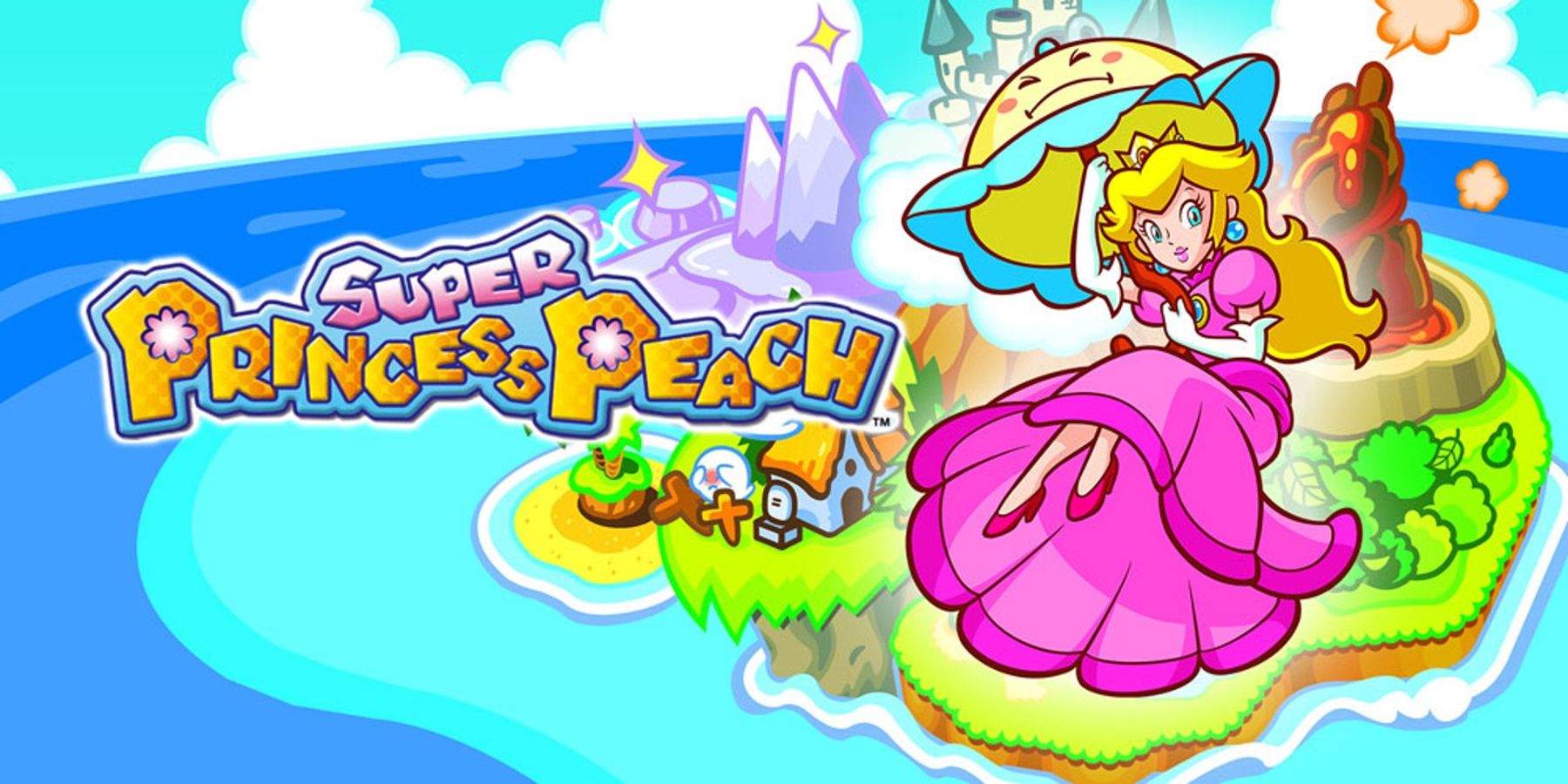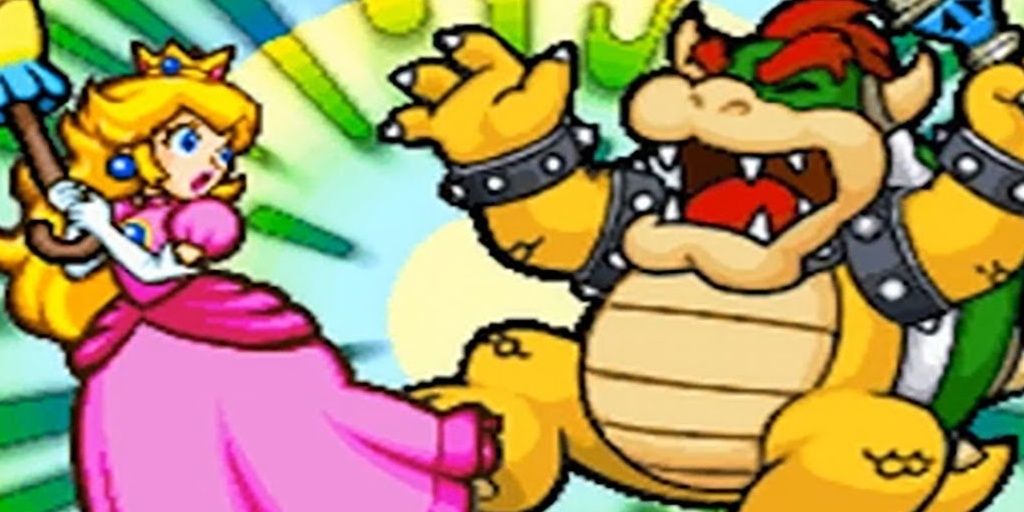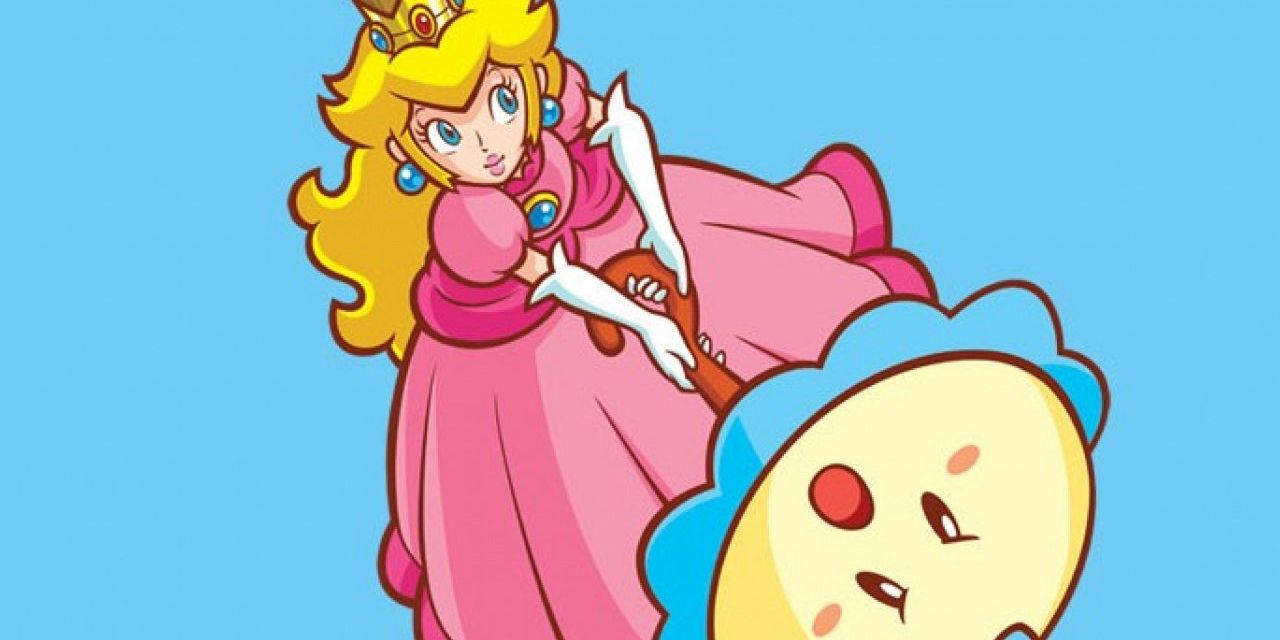Oddly enough, despite how long Princess Peach has been a part of the Mario franchise, she's rarely been a playable character, aside from her many appearances in multiplayer games like Mario Party and Super Smash Bros. But as for being the main playable character in her own story, Super Princess Peach was only the second game to do so, releasing in 2005, fifteen years after her first appearance as a protagonist, Princess Toadstool's Castle Run. However, the latter title was merely a game watch, making Super Princess Peach the first game to make Peach the hero of her own story.
The Nintendo DS title was met with generally positive reviews, but despite its success as one of the best-selling titles on that generation of handheld gaming, Super Princess Peach was never given so much as a sequel. Both professional and casual gamers agree that this is disappointing, but the Nintendo Switch could be the perfect console for a remaster, or perhaps even a remake, to revive the game.
Super Princess Peach's Unique Gameplay
Like many games under the massive Mario umbrella, Super Princess Peach plays like any most other platformers. There are eight worlds, each with six levels and a boss battle. But while the game may have been quite similar in level structure to other Nintendo IPs like Kirby and Mario, Super Princess Peach implemented the unique mechanic of using her emotions as her superpower, as well as her adorable umbrella companion, Perry the Parasol.
Peach has four emotions: joy, gloom, rage, and calm, which have been referenced throughout the Super Smash Bros. series in Peach's moveset. On the setting of Vibe Island, her emotions affect everyone around her, and they enable the princess to solve puzzles and defeat enemies. The vibe meter is filled through collectible jewels or by using Perry to absorb the enemies, and is depleted when she uses her emotions.
Perry will also gain new abilities throughout Super Princess Peach, such as the 'Subrella' and the 'Bowlbrella,' which allow Peach to travel through or across water, and offensive modes like 'Chargebrella' and 'Poundbrella.' Most iconically, however, is the 'Floatbrella,' a common ability that other iterations of Peach of been known to exhibit.
How a Remaster Could Improve Super Princess Peach
While successful, Super Princess Peach was also met with some grounded criticism. For one, many critics noted that the game felt "too easy" for a platformer, though it's possible that the game was developed primarily for children over adults. Still, Princess Peach has an infinite number of lives, which removes most of the stakes. Likewise, some also felt that the game spoonfed tips and information throughout the game, much like Legend of Zelda: Skyward Sword's companion Fi.
It's easy to imagine how small adjustments could improve these areas, but the bigger question might be how the UI would translate from the DS, which has two screens and is important to Super Princess Peach's gameplay, to the Nintendo Switch. However, the Switch's modern aspect ratio is improved and wider than the DS's dated 4:3, meaning more room for Peach's four emotions on the same screen as the action.
But the most notorious complaint might be that the premise is about a woman named Peach being emotional. In response, Super Princess Peach was criticized for being sexist, but perhaps a remaster could reopen debate on this topic in a new, modern light. It could bring about interesting discussions like how being emotional is seen as a positive here, and Peach is actually in control of her emotions throughout the game rather than stereotypically out of control.
Despite this negativity, there's been interest among many Nintendo fans for Super Princess Peach to make a comeback, and with Nintendo revisiting many old titles with the Switch, it could be the perfect opportunity.
Super Princess Peach was released exclusively for the Nintendo DS.



